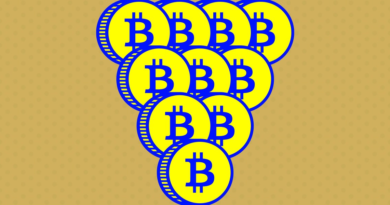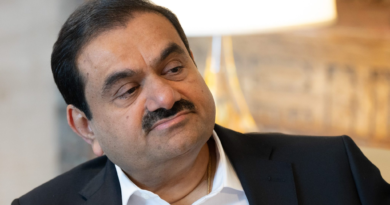Soaring insurance rates are making it more expensive than ever to own a car, and the entire auto industry is feeling the pain
American car owners are battling the biggest surge in auto insurance rates in 50 years, new research shows—and it’s forcing some car makers to cut prices in order to stay competitive.
A new report from S&P Global Market Intelligence found that all 10 of the largest private auto insurers increased their rates by double digits in 2023, following big hikes in 2022. The average American driver’s insurance payment has spiked almost 27% in the past two years.
“We last saw this level of rate increase back in the mid-1970s,” said Tim Zawacki, principal insurance analyst at S&P Global Market Intelligence. “There really isn’t a lot of precedent.”
Coupled with rising financing and maintenance costs, it’s more expensive than ever to buy and insure a car—which spells trouble for both consumers and beleaguered auto manufacturers relying on more demand to get them out of a market slump.
Insurance rates remained relatively constant between 2018 and 2021, increasing by just 0.3% nationwide. But today, drivers in Texas—home to the nation’s largest insurance-rate increase—are facing rates 45.5% higher than two years ago. Some 15 states have seen average rate increases of 30% or more since 2022.
Because of strict regulations governing insurance, rate increases typically lag behind the economic pressures that cause them. While auto insurance rates have only shot up in the past two years, the inflationary pressure behind them started in 2021, as supply chain disruptions increased the cost of covered repairs and new vehicle replacements.
“The timeline for adjusting to these inflationary changes is quite drawn out in this particular line of business,” said Zawacki. “A lot of documentation needs to be generated to support these rate increases, and a number of steps need to be approved by a state regulator.”
Just one piece of the puzzle
Rising insurance premiums are only part of the picture, as nearly all of the expenses associated with car ownership have soared in the past year. AAA found that financing costs for new car buyers nearly doubled from 2022 to 2023, driven by rising interest rates and a 5% bump in vehicles’ average sticker prices. Last week’s Consumer Price Index report found that auto maintenance costs were up 7.1% from a year ago. Gas prices have come down from a mid-2022 peak, but remain well above pre-pandemic levels.
To make matters worse for auto owners fighting high ownership costs, the resale value of their assets have dropped dramatically in the past year. New vehicles lost value at an average of over $4,500 a year in 2023, up 24% from the year prior, according to AAA research.
EVs are powering this trend — an AutoTrader report released last month showed that on average, new electric vehicles lose half of their value in just three years. The report also noted that higher depreciation rates are doubly painful for customers because dealers pass on those costs by financing new EVs at higher rates.
And it’s not just consumers that are hurting. Auto manufacturers are also being squeezed by softening demand and an abrupt industry pullback after years of freewheeling spending on EVs. American carmakers are laying off employees, reining in production targets and cutting ad spend to reduce costs.
“Heading into 2024, we remain concerned about the future of the U.S. auto industry — in some ways, even more so than during the great financial crisis of 2008 and 2009 … as the auto industry pivots away from big spending on EVs,” Morgan Stanley analyst Adam Jonas said in a podcast earlier this month.
High customer costs are forcing automakers and dealers to lower prices on new cars in order to stay competitive. A Cox Automotive report released last month found that new vehicle transaction prices decreased for three straight months in the back half of 2023. That’s because car companies have needed to slim down their margins in order to attract customers and prop up demand in a slowing market.
“That is a unicorn … it’s extremely rare for transaction prices of new cars to go down,” said Mark Schirmer, Director of Industry Insights at Cox Automotive. “We’re absolutely seeing a margin squeeze going on.”
Rising auto ownership costs that lie outside automakers’ control – such as insurance rates – aren’t doing anything to help generate more consumer demand. Going forward, analysts expect insurance companies to continue raising rates in the coming years, spelling more trouble for the entire auto industry.
“The underlying data that companies use to implement these services has continued to support significant rate increases,” said Zawacki.




